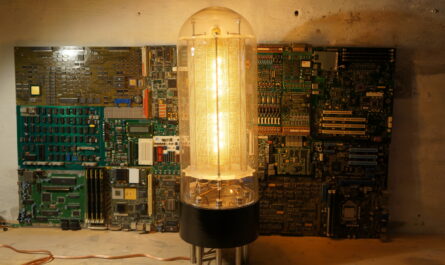Background
I have always been fascinated about cool secret hiding places, hidden in normal everyday objects around the home. Not because I have something to hide from anyone, but more in a cool childish spy gadget way. This is a short DIY project about how to make your own secret organizer hidden in a normal drawer.
I was inspired from this Makezine page that sums up some of the coolest hidden rooms from the simplest hidden compartment from cutout pages inside a book to complete hidden rooms and even a garage. In my opinion some of the coolest is the fake mains power outlet that reveals a tiny storage room for valuables and the idea about drilling a hole in the top face of a door that is large enough for a cigar cylinder that can hide money or a USB memory stick.
This project was inspired by the False Bottom Secret Compartment because it was a perfect addition for another project I’m working on. Even though I think the idea about using a false bottom plate is great, I didn’t like the way it was constructed. All the hidden things will rattle around when the drawer is opened or closed. I wanted to design a more professional solution with an organizer where things have a specific place and where they fit without moving around and reveal their hiding place. Below you will find a description of how I designed it.
How it’s made
- Measure the inner dimensions of the drawer. Be precise because it’s important to make a tight fit with the organizer plate and the new bottom plate.
- Find out what you want to hide in the drawer. Take precise measure of all the items. I always prefer to make a digital sketch. My preferred programs are Trimble Sketchup for quick ideas and Fusion 360 when I want to 3D print or laser cut something. When all the items has been sketched it is easier to figure out how to do the complete layout. Make sure to leave enough empty space around the outer border for strength of the plate. Remember to think about the height of the object. I settled on a 5 mm thick acrylic plate for the organizer plate but you could use plywood or similar instead.
- Laser cut the organizer plate and the extra bottom plate. Make sure the wooden veins are in the same direction as the real bottom and has the same color and texture. It’s also important to make sure that the plates fits into the drawer, and the cutouts for the items are perfect. The width of the laser cut path on the laser cutter I use is around 0.2 mm which is a perfect tolerance so the things don’t get stuck in the organizer plate.
- Make a small circle in the front of the organizer plate. This is used to push up the false bottom plate.
- Put the organizer plate in the drawer and drill through the hole and through the real drawer bottom.
- Fill up the organizer with the items you designed it for and put the false bottom plate on top.
- To get access to your items, use a pen and push it up from the underside of the drawer to lift up the false bottom plate again.
If you don’t have access to a laser cutter another solution could be to use cardboard for the organizer. Then maker small paper models in actual size of the things that needs to go into the organizer and use a sharp knife to make the cutout holes.
Organizer design
Below is the final design of my organizer. It’s always hard for me to settle on a final design, because things can always be optimized. Going from left to right the large room is for a folded A4 document (or A5). The middle top and bottom rooms are for banknotes, the dimensions fits a Danish 1,000 KR banknote and smaller. In-between there are two credit card sized rooms room for ID or credit cards. To the right there are room for two USB memory sticks. At the far right (the front of the drawer) there is easy access to the four SD card rooms and two Compact Flash card rooms. The hole for lifting up the false bottom plate is placed in the front middle.
Final assembly
The organizer looks way more cool with all the stuff in it. Everything fits perfectly except for the Microdrives (type of CF card) that needs a little adjustment to fit. Another small annoyance is that the plate I used for the false bottom was cut in the wrong directions compared to the veins of the original bottom plate. The pictures also shows that the false bottom has a tiny gab but that is important in order to make it possible to lift it up.
I’m very happy about this quick little hack. And I can always make another or one more organizer if I need room for other secret things. What do you want to store in your own secret organizer?












